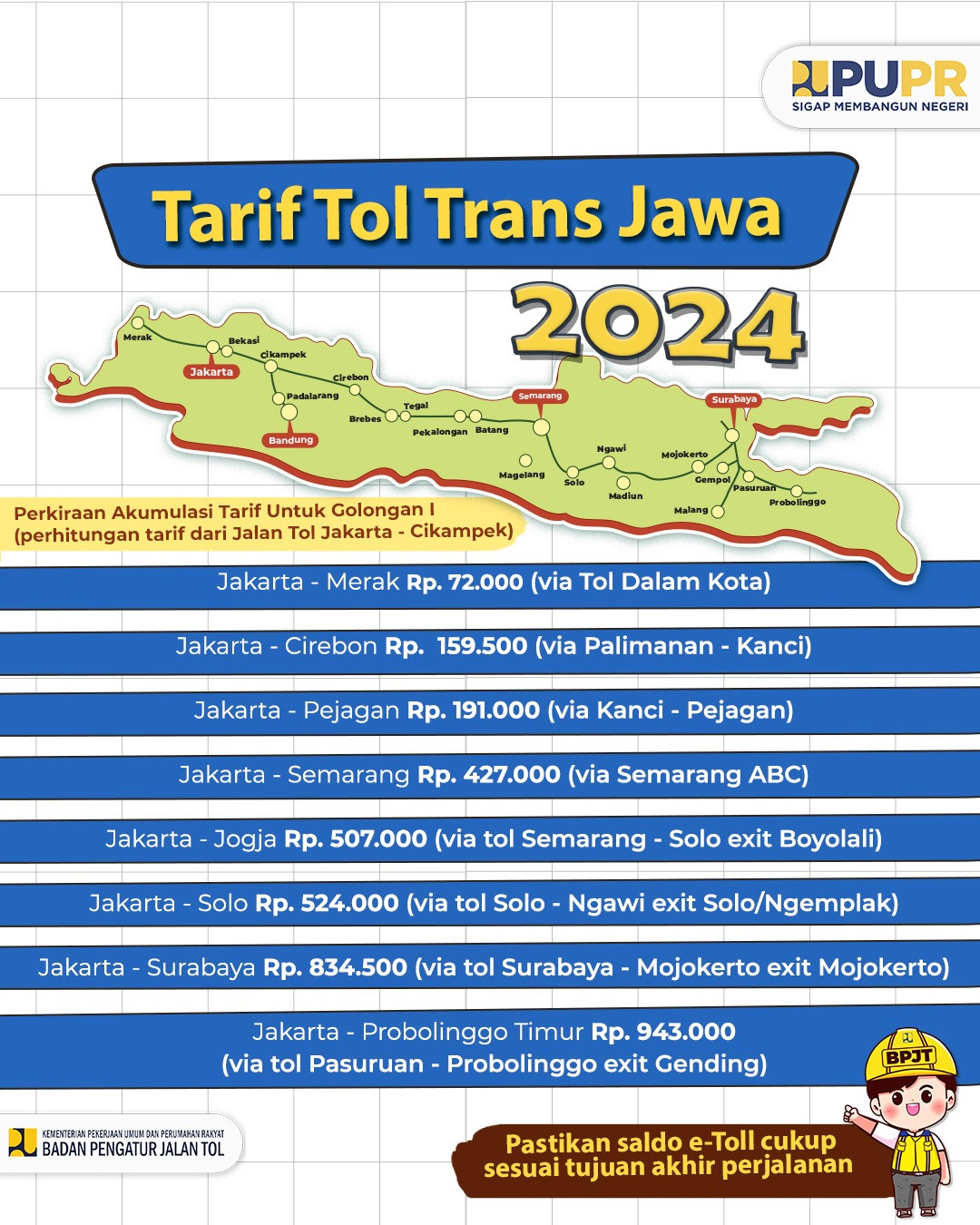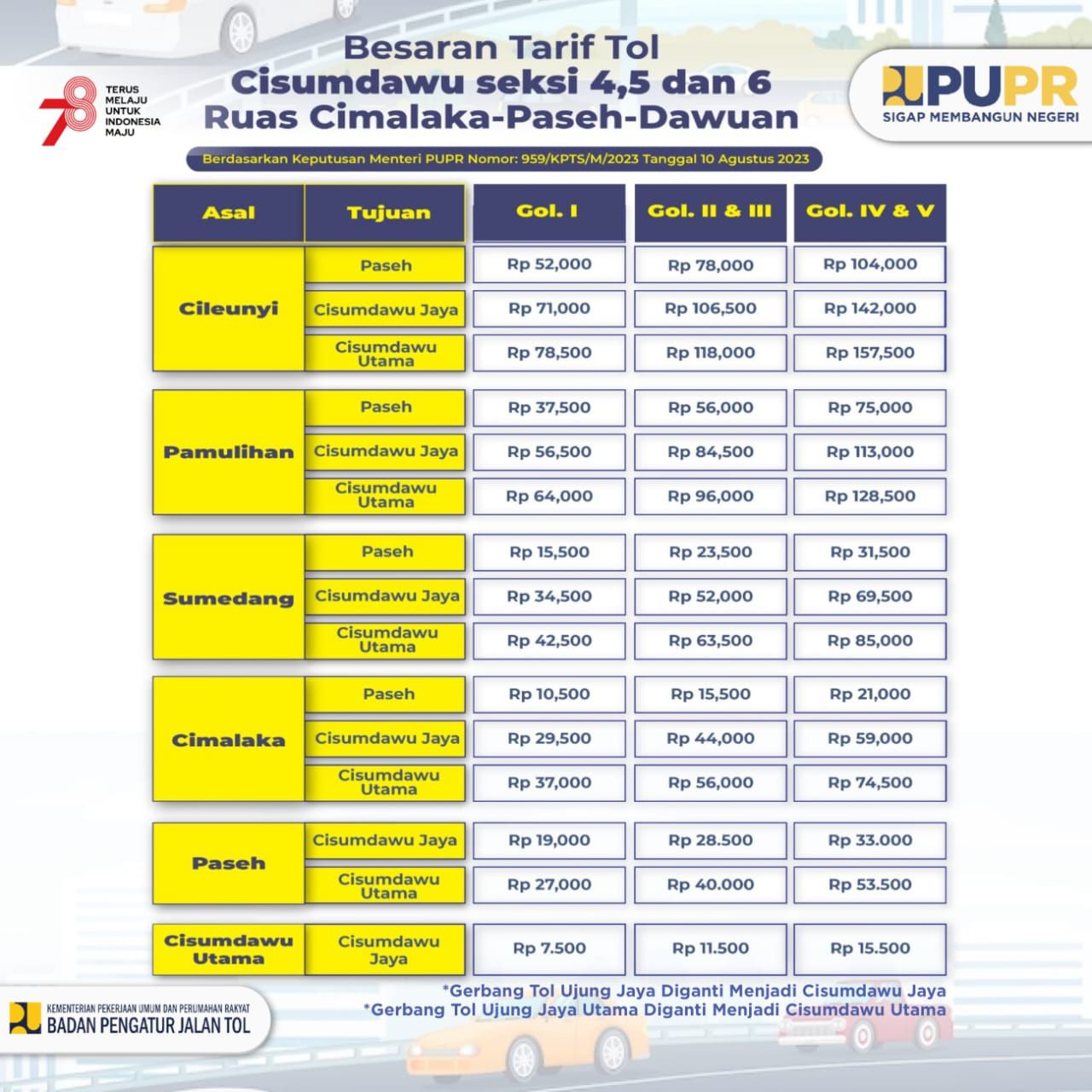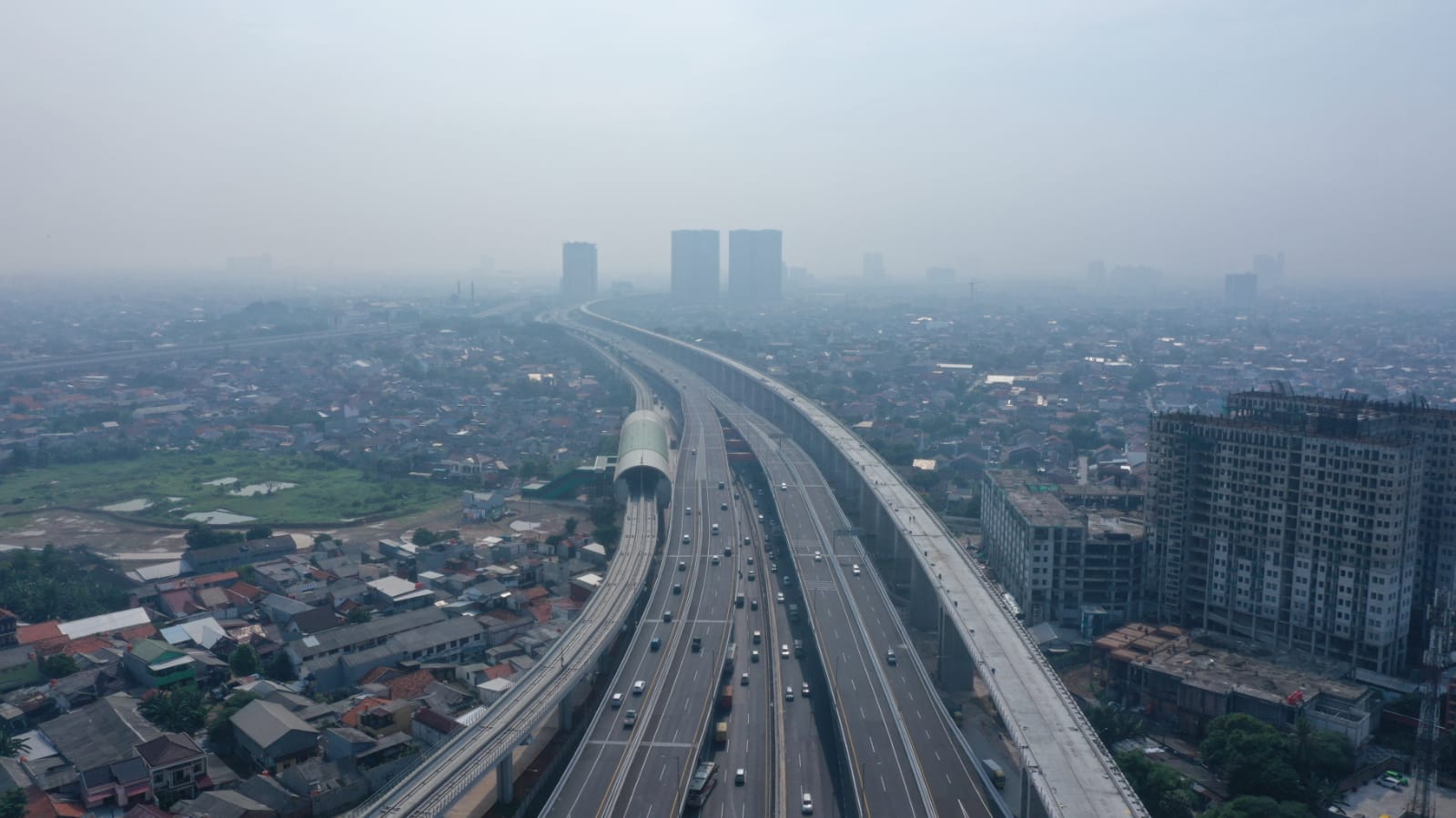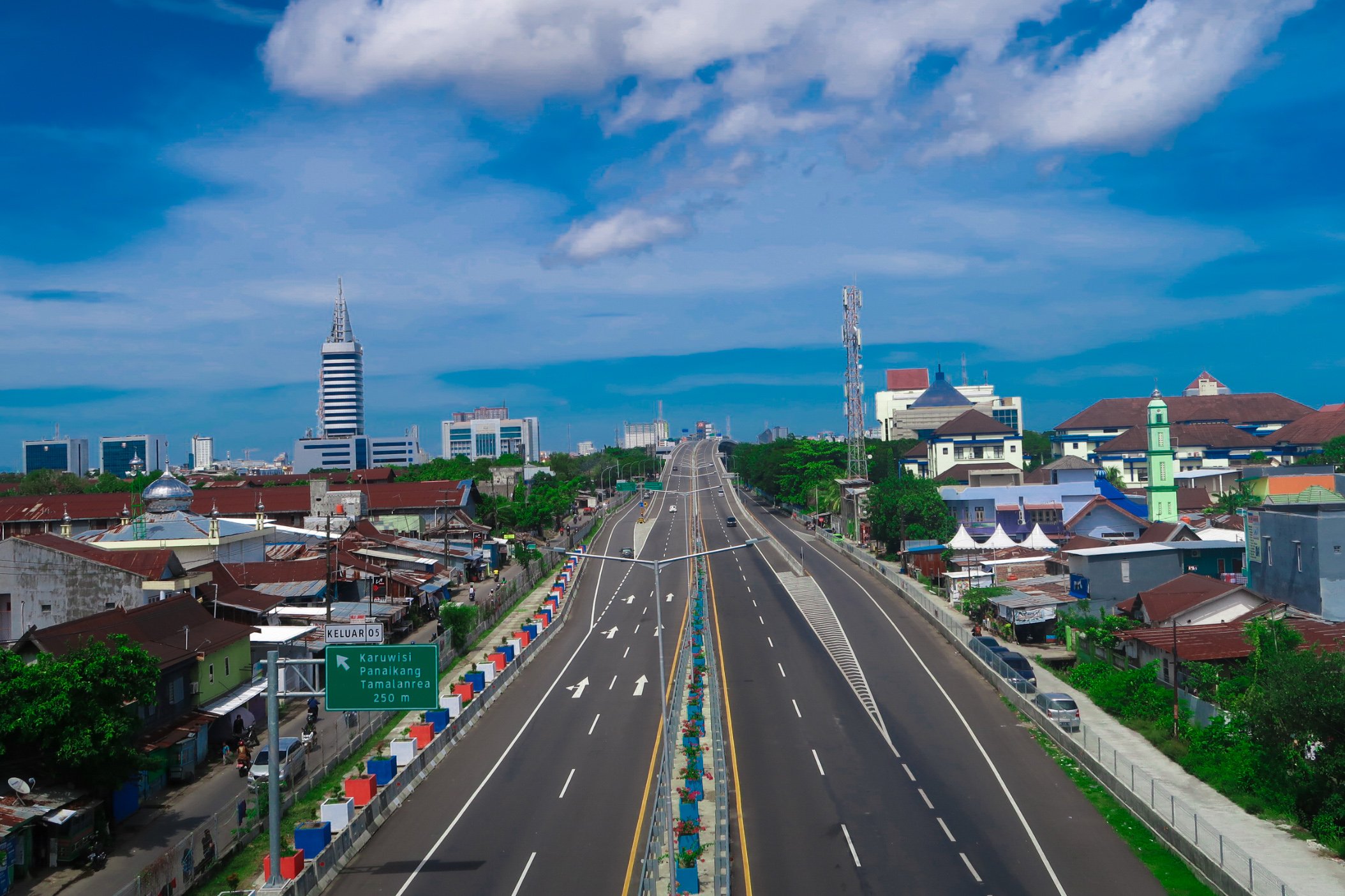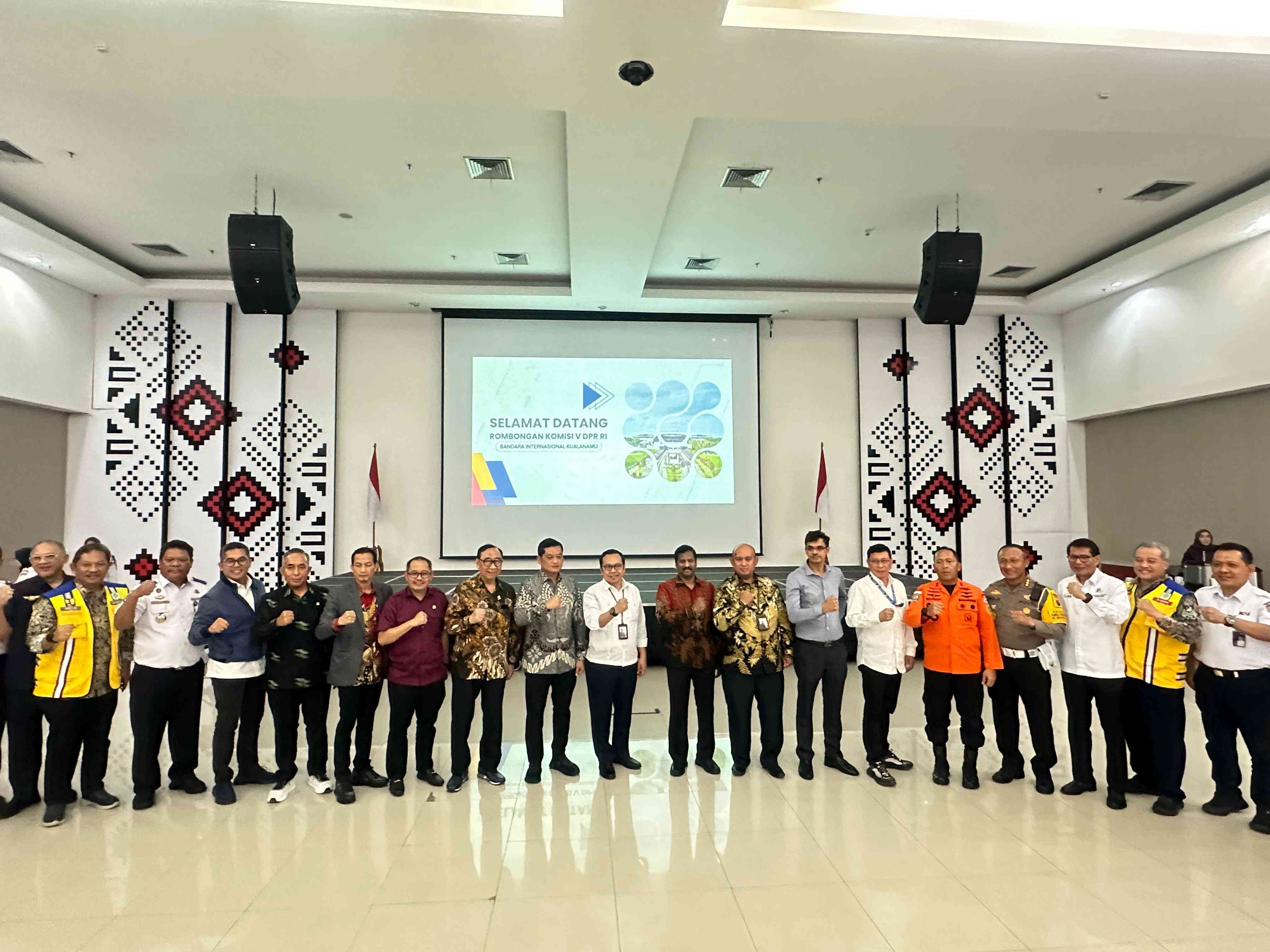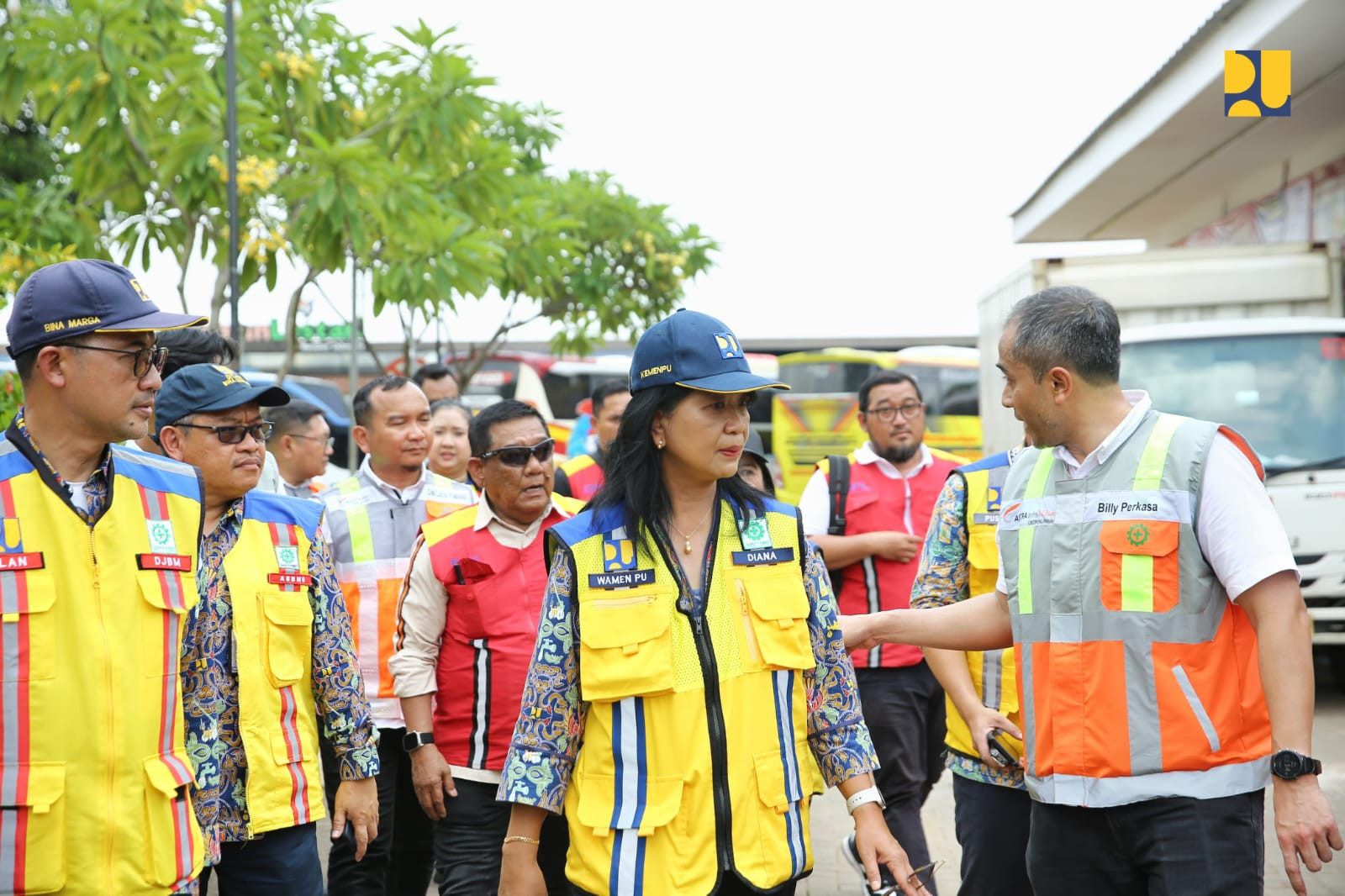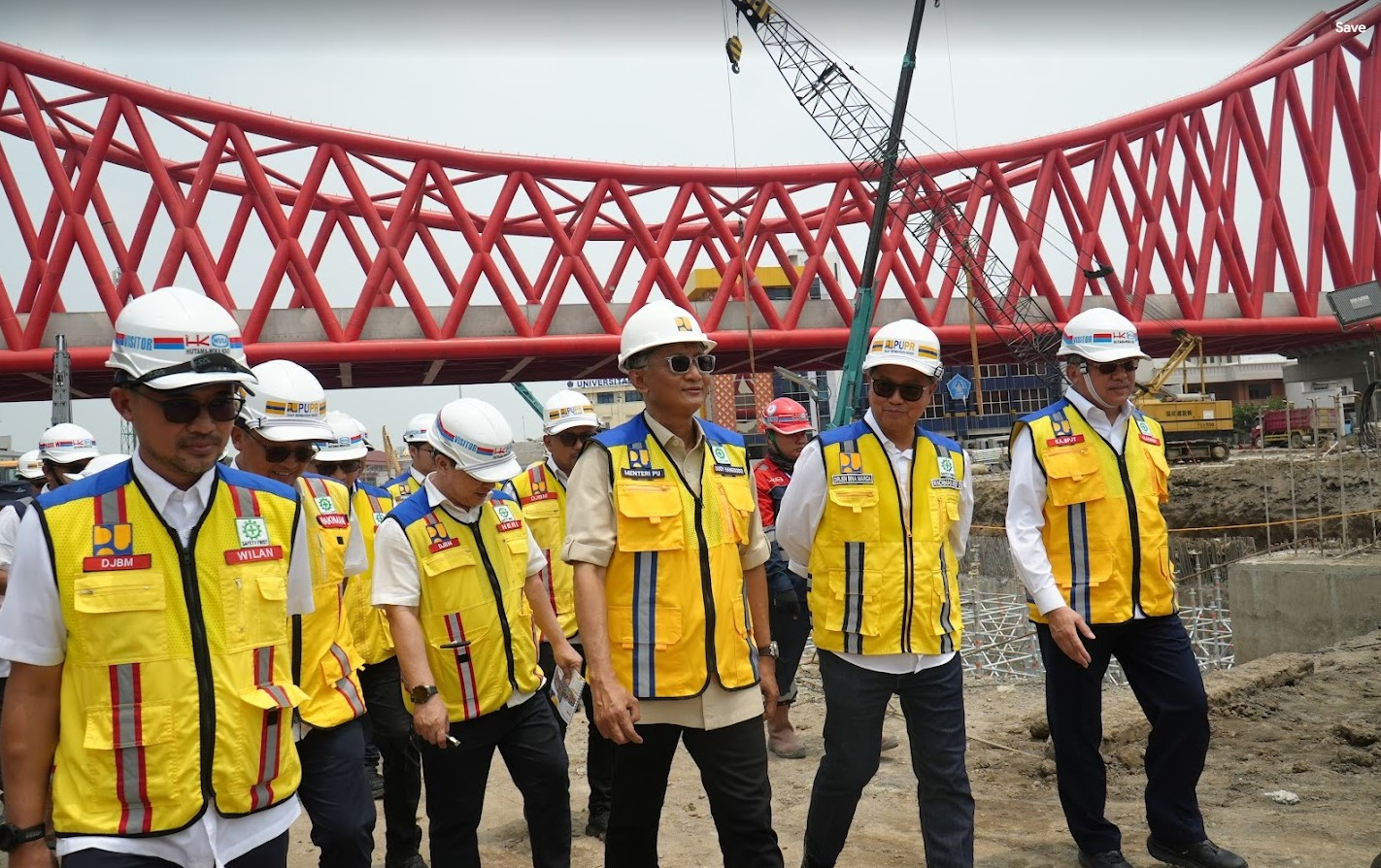Integration of Transaction Tolls Government Efforts in Effectiveness of National Transportation
The government continues to encourage the realization of an effective and efficient national transportation system to facilitate the mobility of people, goods and services. In an effort to support the national logistics system, the Government implemented a policy of integration of transactions on the toll road.
In the toll road sector, in an effort to improve services to toll road users and support the national logistics system, the Government applies a policy of toll transaction integration as a step towards a continuous toll transaction or Multi Lane Free Flow (MLFF).
As an effort to socialize the policy of toll road integration, the West Merdeka Forum (FMB) 9 Media Discussion was held entitled "Integration of Tolls and Public Transportation Services", in the Multifunction Room of the Ministry of Communication and Information, Jakarta, Wednesday (26/9). Also present as resource persons at the event were Head of the Toll Road Regulatory Agency (BPJT) Ministry of PUPR Herry Trisaputra Zuna, Head of the BPTJ (Jabodetabek Transportation Management Agency) Ministry of Transportation Bambang Prihartono, PT Jasa Marga Subakti Syukur Operations Director II, and Aptrindo Executive Director (Truck Entrepreneurs Association Indonesia) Johannes Samsi Purba.
Head of the Toll Road Regulatory Agency (BPJT) of the PUPR Ministry, Herry Trisaputra Zuna, reiterated that the JORR toll transaction integration policy is not to increase the revenue / revenue of toll road management or BUJT, but to improve services for toll road users, especially for logistics transport vehicles. "Integration will encourage logistics transport using toll roads so that it will reduce arterial road loads. For long distance JORR Toll users, it will also benefit from one integration rate, while for short distance users it is encouraged to use arterial or public transportation, "added the Head of BPJT The toll transaction integration policy will apply to the Jakarta Outer Ring Road (JORR) Toll Road which will be effective on September 29, 2018 at 00.00 WIB.
The enactment is based on PUPR Minister Decree Number 710 / KPTS / M / 2018 concerning Amendments to PUPR Ministerial Decree Number 382 / KPTS / M / 2018 concerning Stipulation of Types of Motorized Vehicles, Tariffs, and Integration Toll Collection Systems on Sexy Jakarta Outer Ring Roads W1 (SS Penjaringan-Kebon Jeruk), Section W2 Utara (Kebon Jeruk-Ulujami), Section W2 Selatan (Ulujami-Pondok Pinang), Section S (Pondok Pinang-Taman Mini), Section E1 (Taman Mini-Cikunir), Section E2 (Cikunir-Cakung), Section E3 (Cakung-Rorotan), Tanjung Priok Access Toll Road (Rorotan-Kebon Bawang), and Ulujami-Pondok Aren Toll Road. After integration, the use of the 76 km JORR toll road will be subject to one tariff of Rp. 15,000 for class I vehicles, Rp. 15,000 for class II vehicles, Rp. 15,000 for class II vehicles, Rp. 30,000 for class IV vehicles and Rp. 30,000 for class V. While for users of the Bintaro Viaduct toll road to Pondok Ranji, they still pay toll fees of Rp. 3,000 for class I, Rp. 4,500 class II, Rp. 4,500 class III, Rp. 6,000 class IV and Rp. 6,000 class V.
The toll transaction after integration becomes an open system where toll users only make one transaction at the on-ramp payment gate. At present is a closed transaction system, in which toll users must make 2-3 transactions to use 76 km of JORR toll road consisting of 4 toll roads and managed by different toll road business entities (BUJT). "The toll road is primarily intended for logistics transport vehicles and long-distance users so that short-distance toll users can use arterial roads as the main choice. With the JORR toll transaction, only one time without a number of transactions at different toll gates will certainly provide economic benefits in the form of shorter travel times, "said the Head of BPJT.
The adjustment of the toll tariff is expected to be able to answer the needs of logistics actors and encourage trucks / containers to utilize the toll road so that it will reduce the burden on arterial roads. The integration of this toll road also encourages alignment with logistics and public transport.
The benefits of toll road integration are time and cost efficiency, toll road users, especially logistics transportation, which previously stopped 2-3 times to only 1 time with lower tariffs than before so that logistics costs are more efficient and have a positive impact on the availability of goods and services. Previously, toll road users heading towards Soetta Airport, Pondok Aren or Tanjung Priok Port made 2-3 transactions but after integration the toll road users only needed to make 1 transaction with this more practical transaction system. Improved services at toll gates that often cause congestion such as GT Kayu Besar, GT Meruya Utama, GT Meruya Utama 1 and 2, GT Rorotan, GT Pondok Ranji Sayap in the direction of Bintaro, with the implementation of this integration the congestion points which are usually at the toll gate will decompose.








